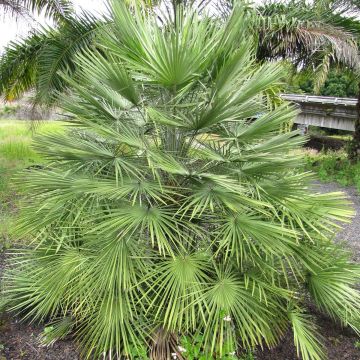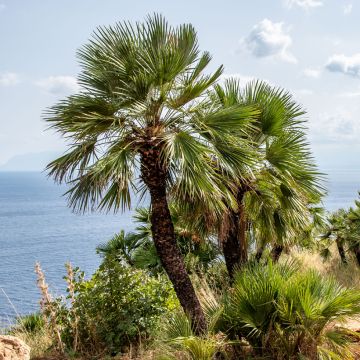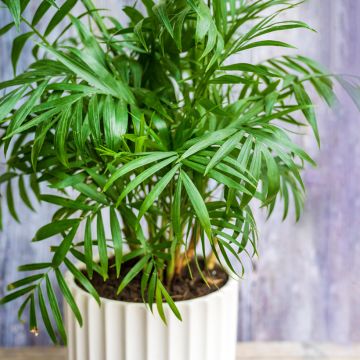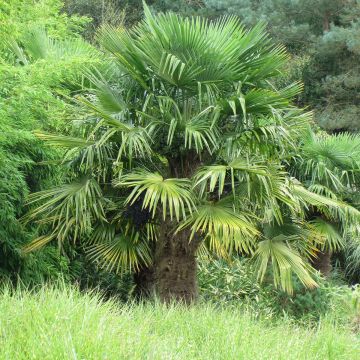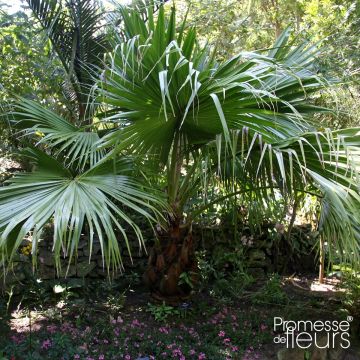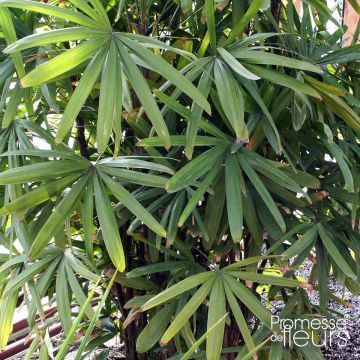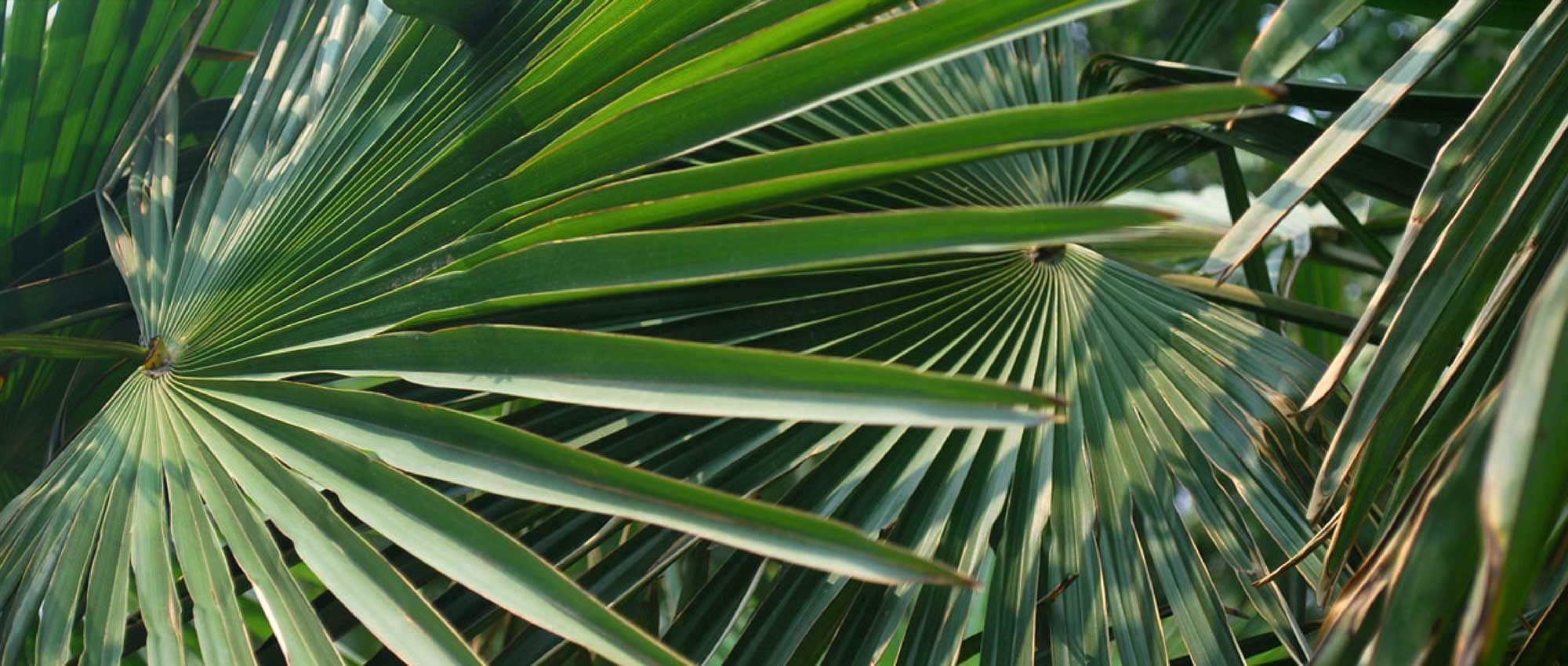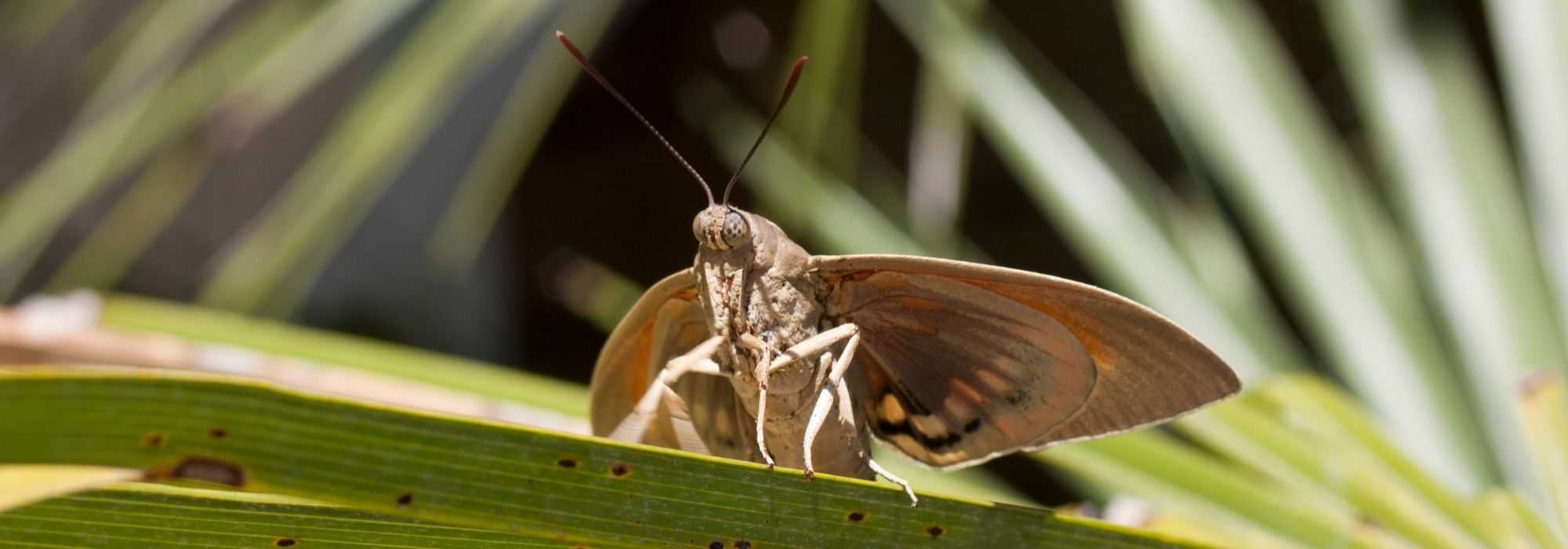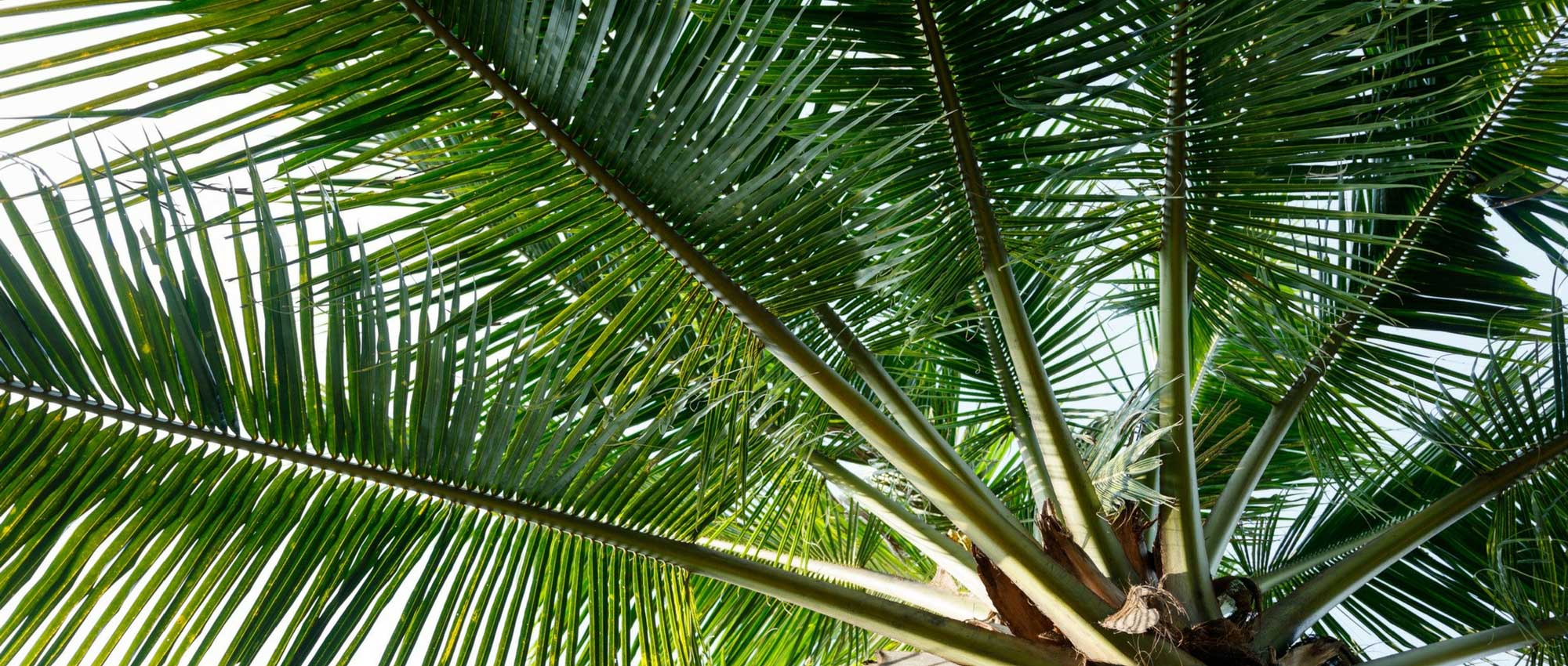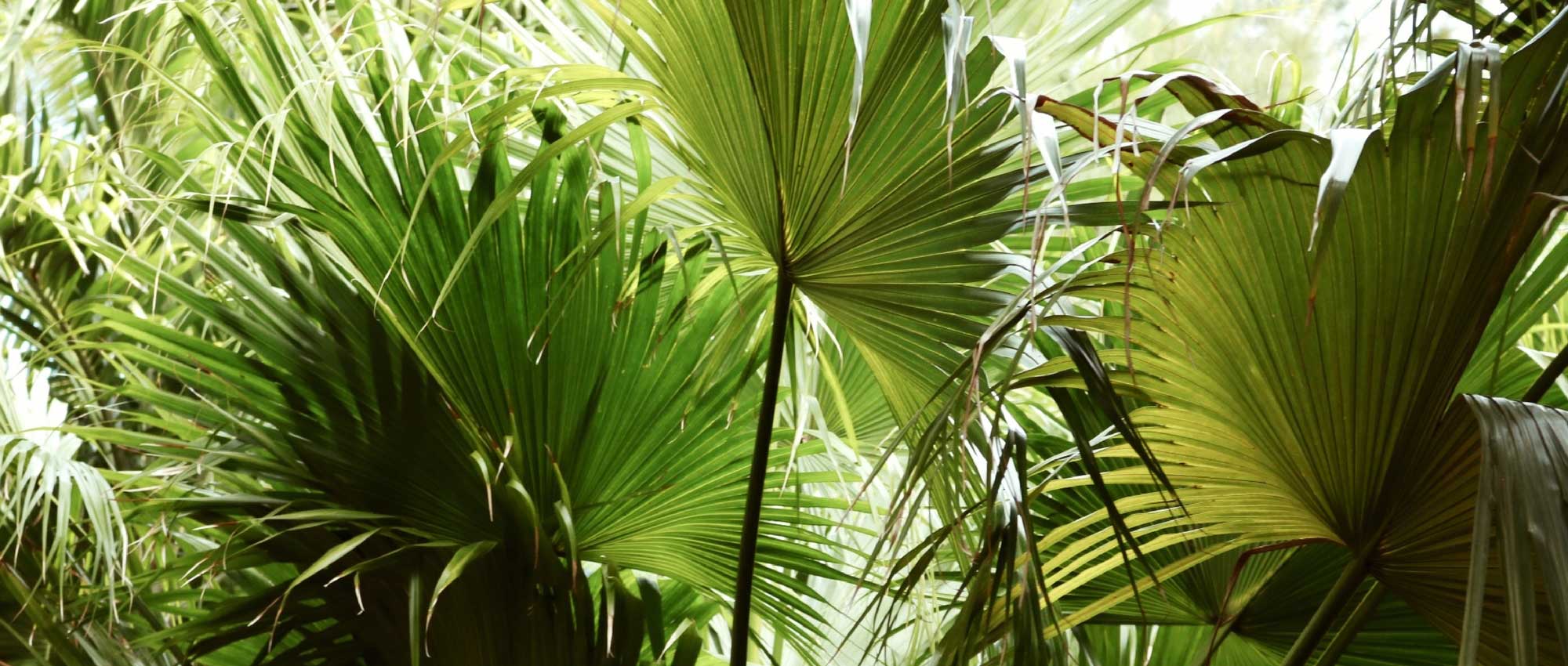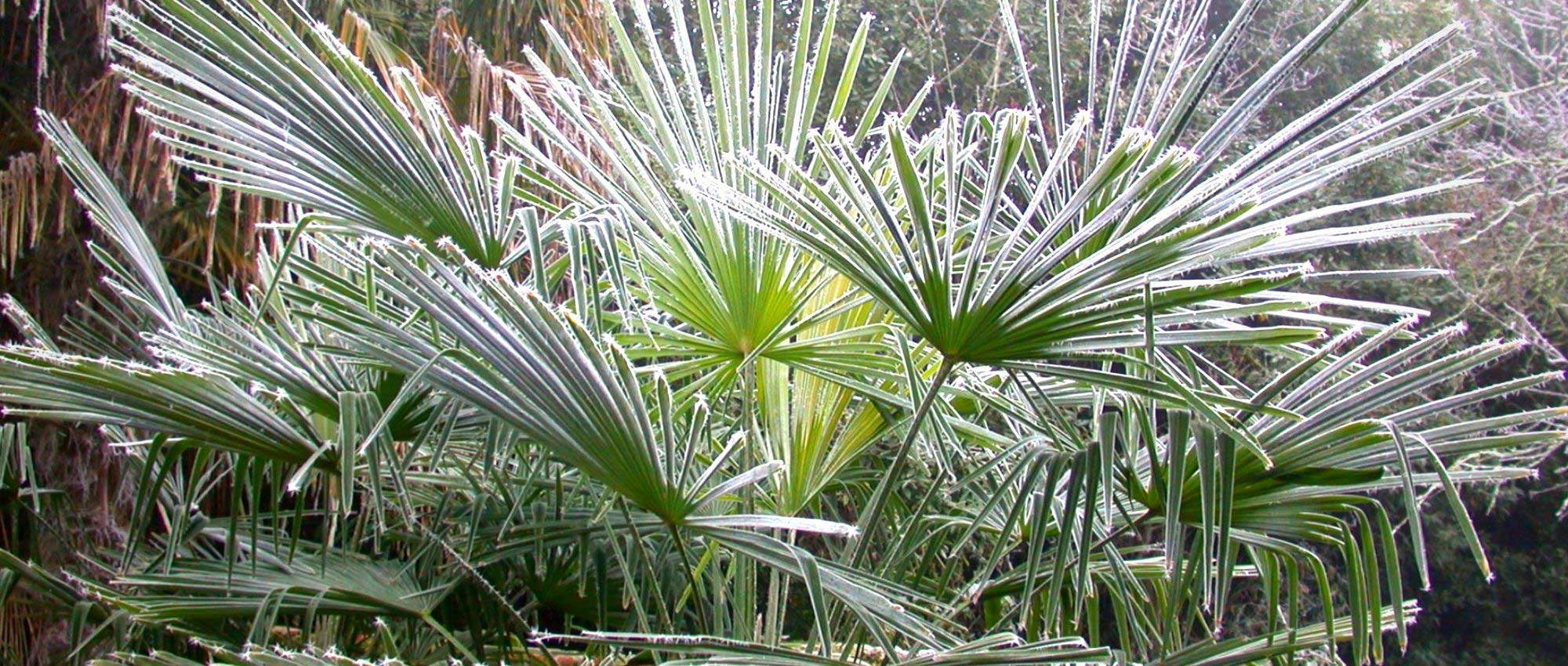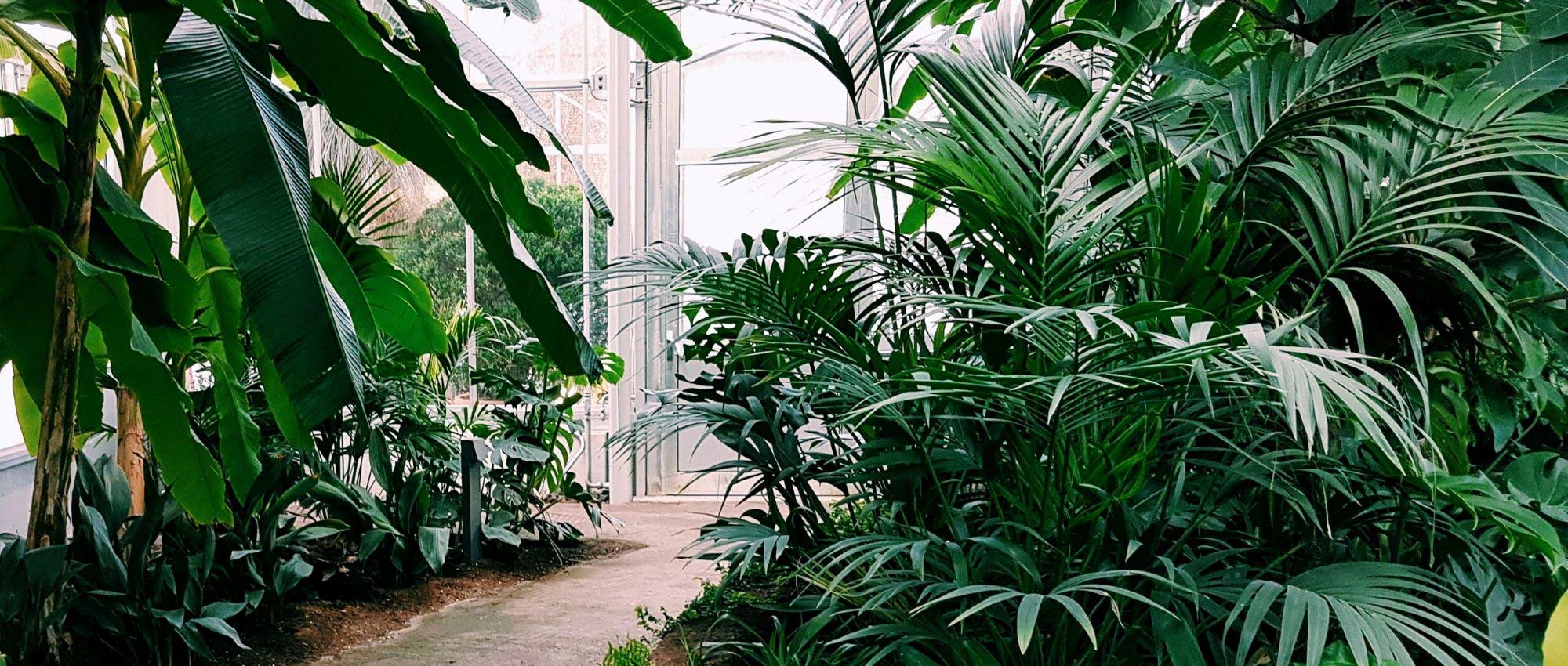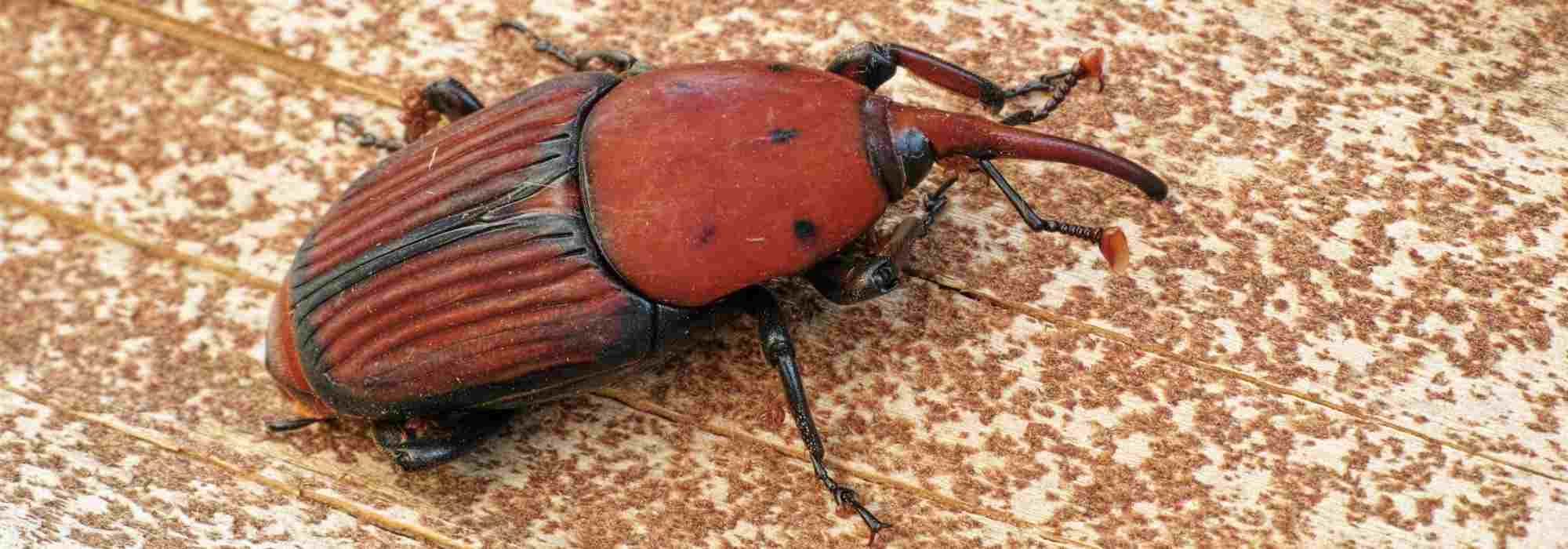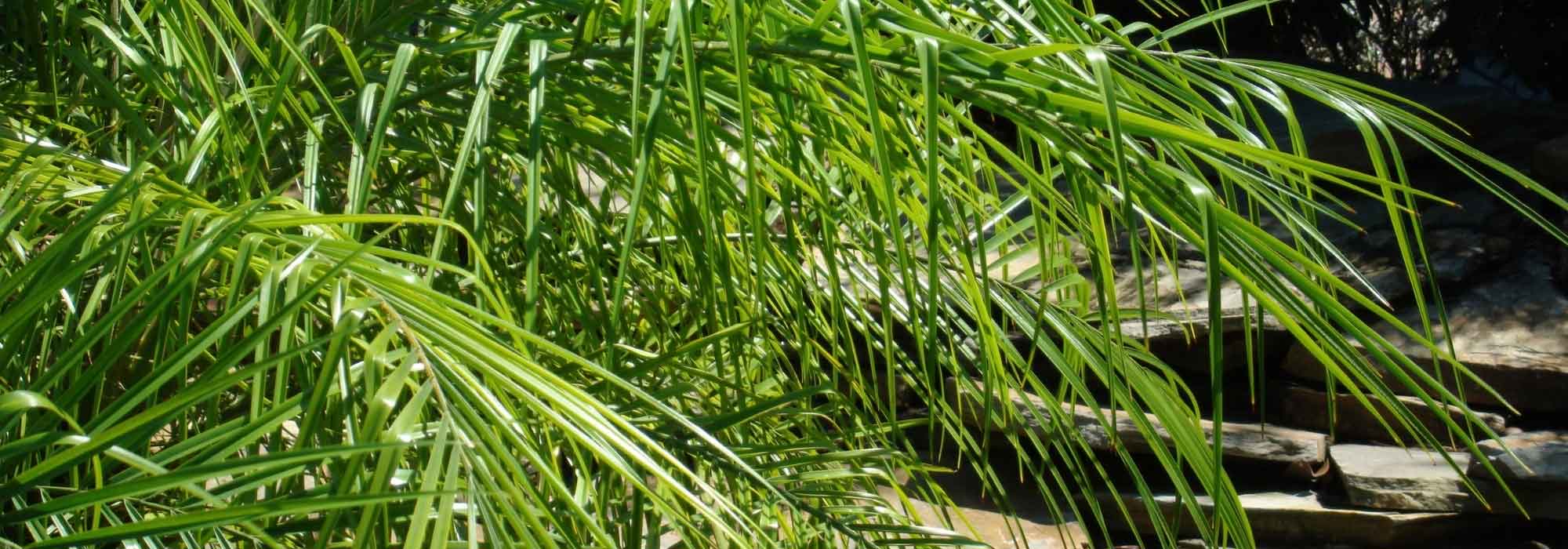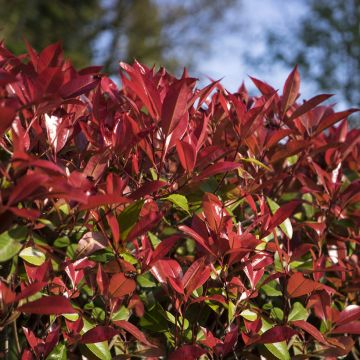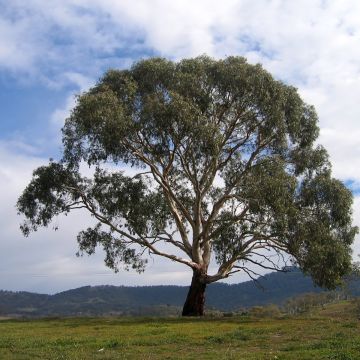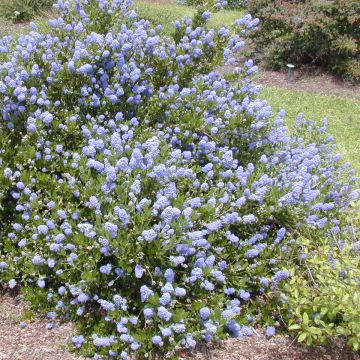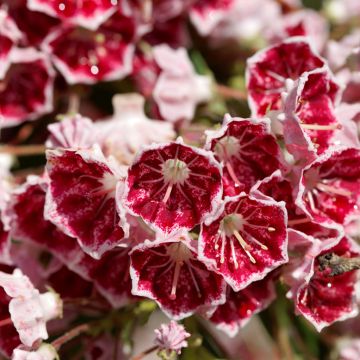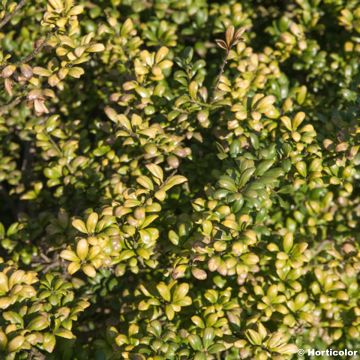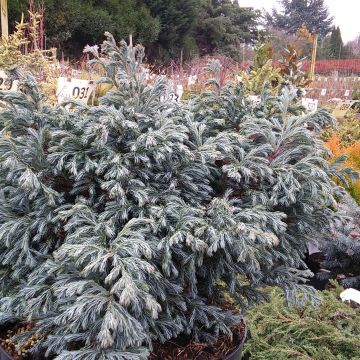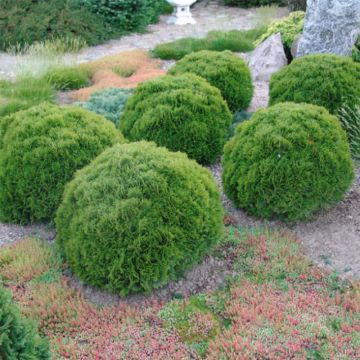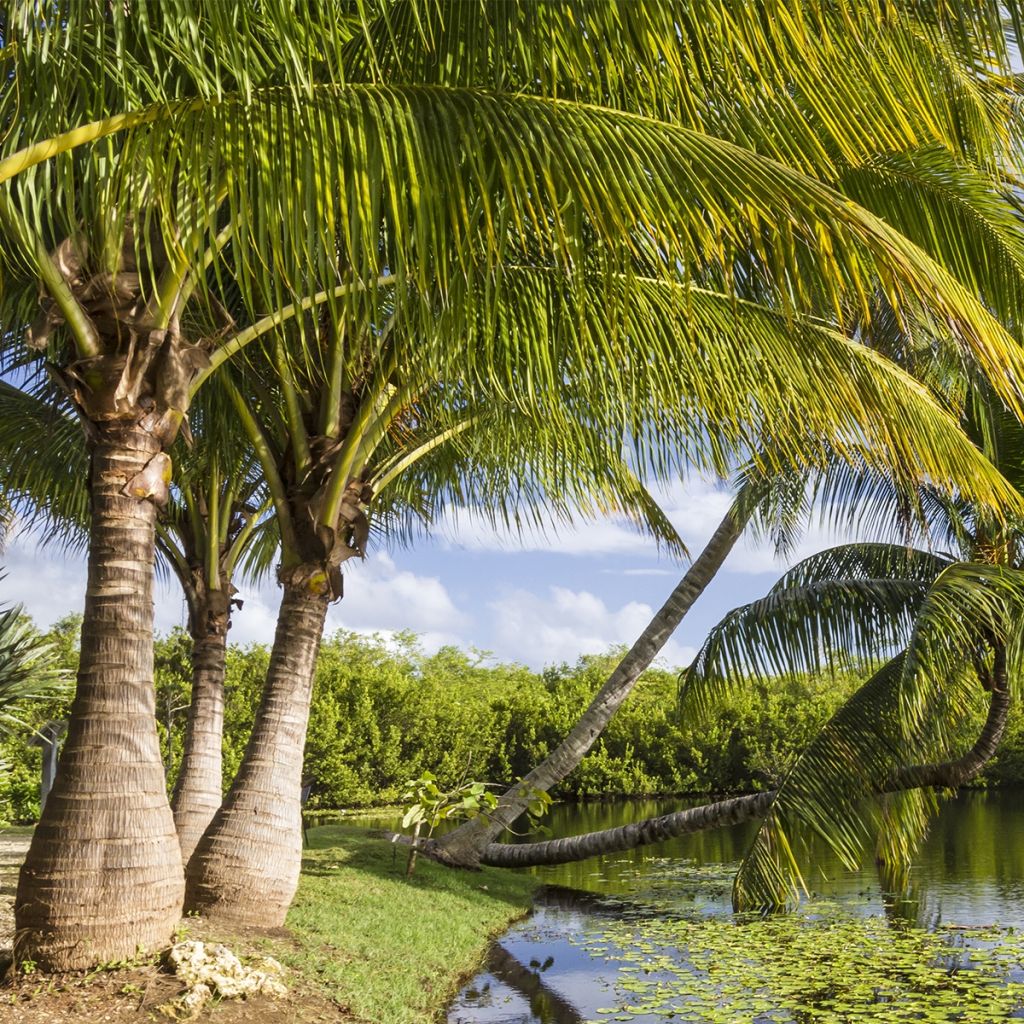

Ravenea rivularis - Majestic Palm
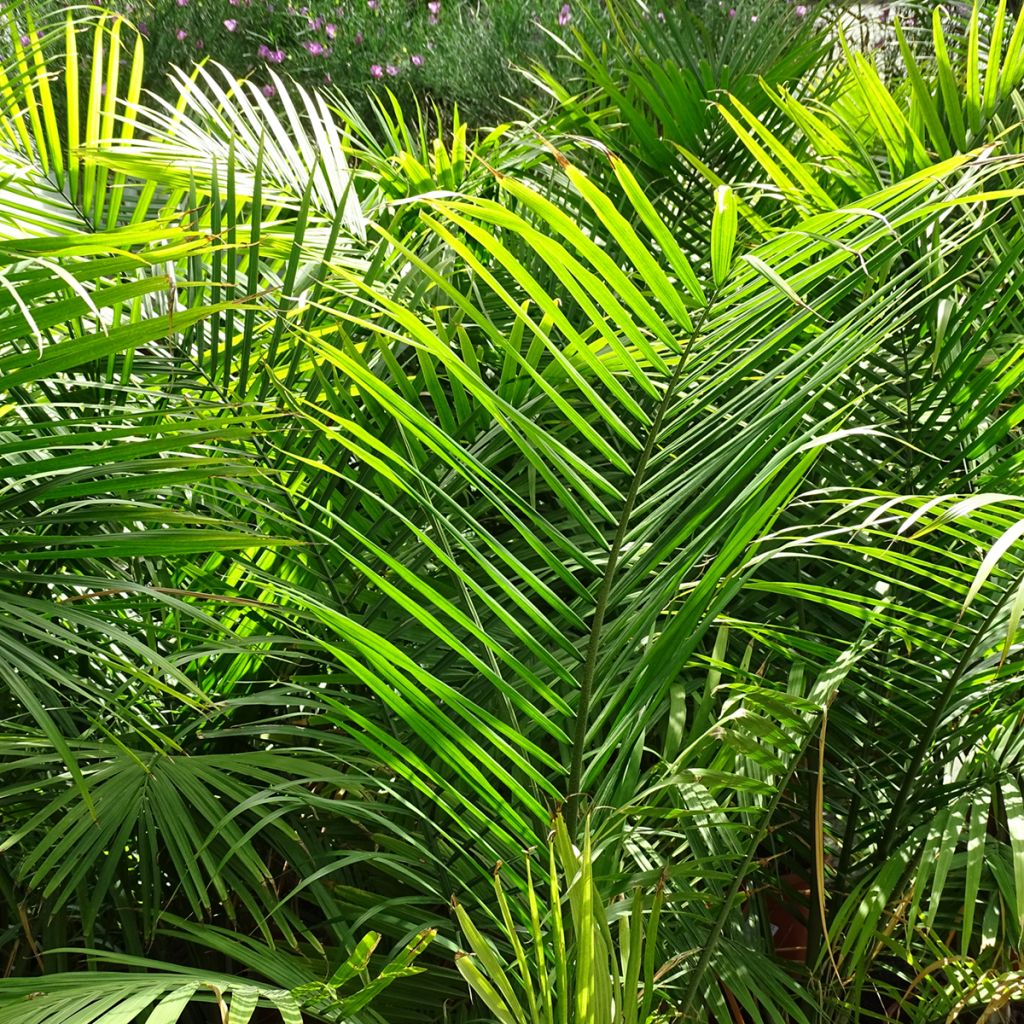

Ravenea rivularis - Majestic Palm
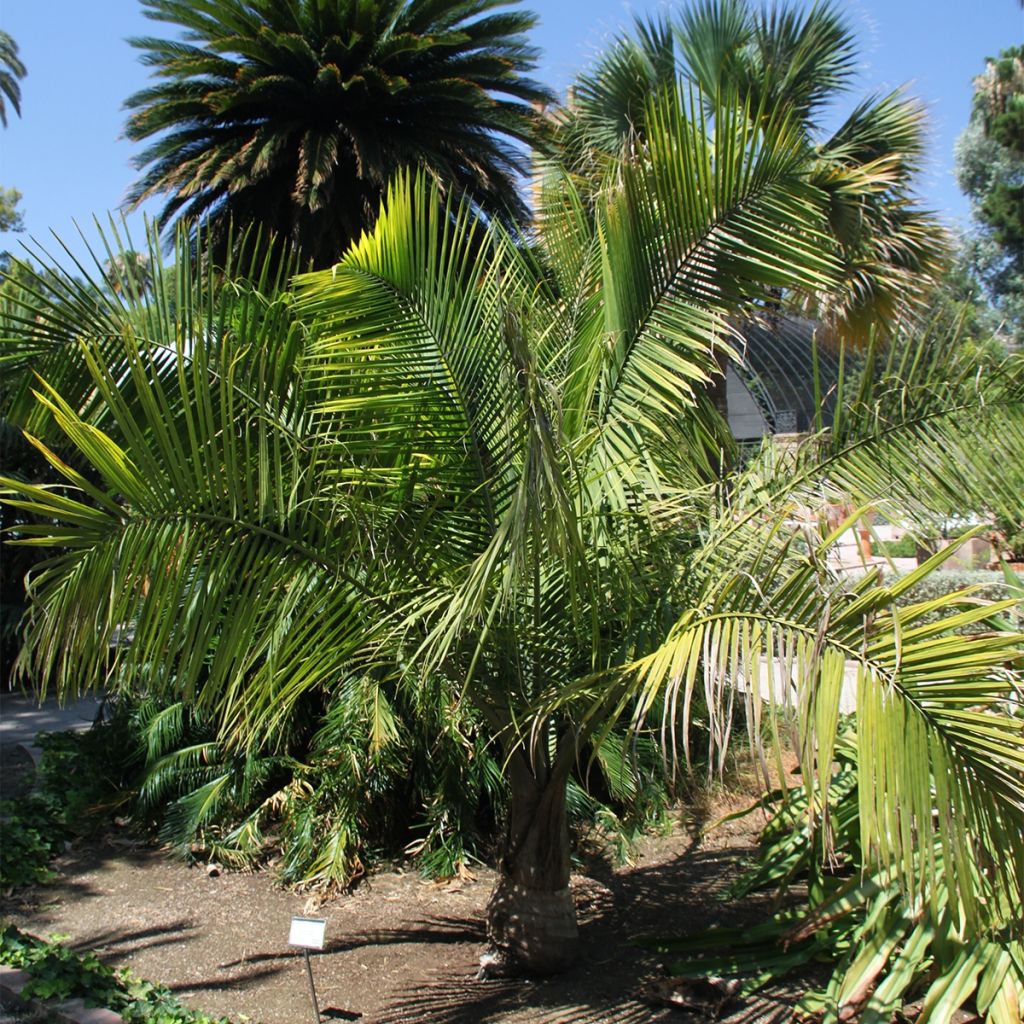

Ravenea rivularis - Majestic Palm
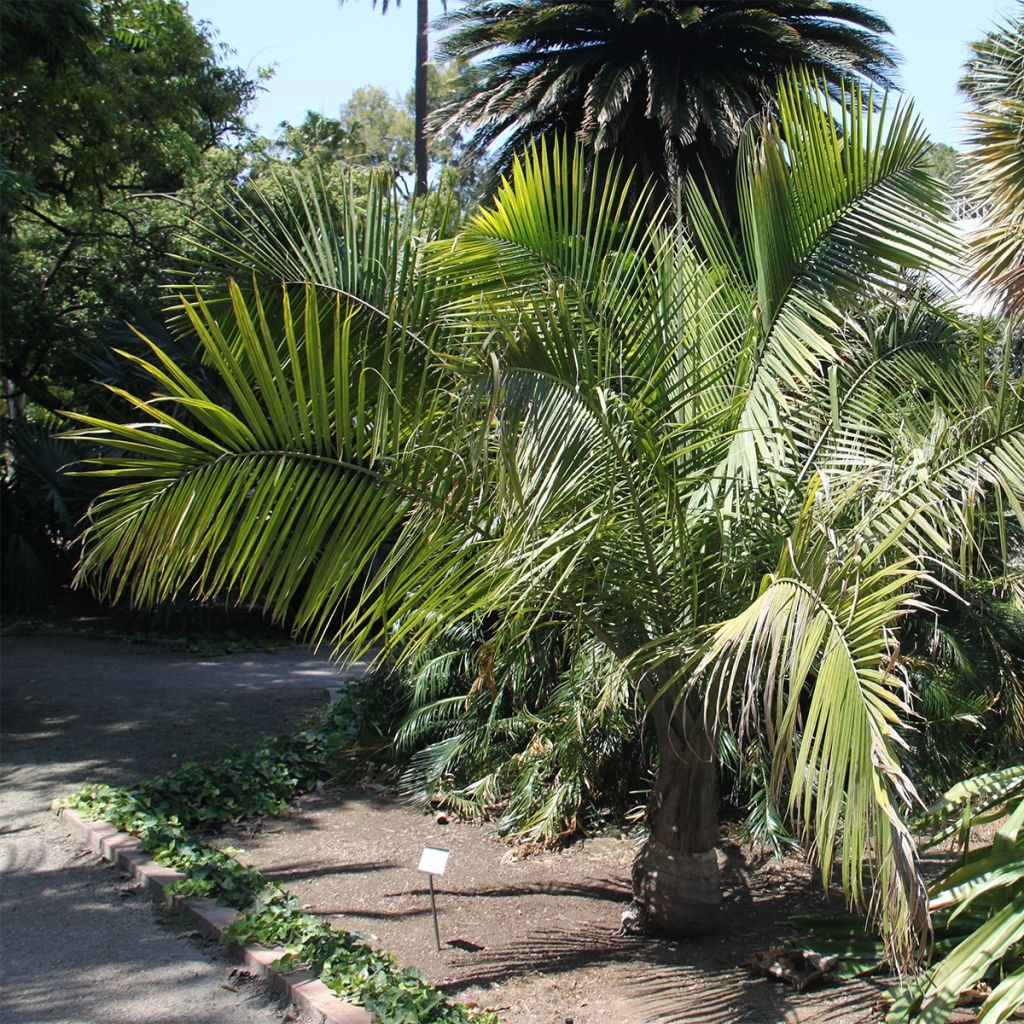

Ravenea rivularis - Majestic Palm
Ravenea rivularis - Majestic Palm
Ravenea rivularis
Majestic Palm, Majesty Palm
I can't wait for your stock to be replenished and I hope to be able to order it by the end of May 2025!!
Marcello, 27/03/2025
Special offer!
Receive a €20 voucher for any order over €90 (excluding delivery costs, credit notes, and plastic-free options)!
1- Add your favorite plants to your cart.
2- Once you have reached €90, confirm your order (you can even choose the delivery date!).
3- As soon as your order is shipped, you will receive an email containing your voucher code, valid for 3 months (90 days).
Your voucher is unique and can only be used once, for any order with a minimum value of €20, excluding delivery costs.
Can be combined with other current offers, non-divisible and non-refundable.
Why not try an alternative variety in stock?
View all →This plant carries a 24 months recovery warranty
More information
We guarantee the quality of our plants for a full growing cycle, and will replace at our expense any plant that fails to recover under normal climatic and planting conditions.
Would this plant suit my garden?
Set up your Plantfit profile →
Description
Ravenea rivularis is a majestic palm tree that has become rare in Madagascar where it thrives on the banks of rivers, with its feet cool but its head in the sun. It is recognised by its robust trunk, widened at the base, strongly ringed, very light, topped with a wide and pleasantly disordered crown composed of semi-arched, vivid bright green leaves. It is a fast-growing plant that will make a big impact in an exotic or contemporary setting. Tender, this tropical species must be cultivated in containers or large pots, which allows it to be protected from cold in winter. The Majestic Palm will adorn a conservatory or a very bright room that is not heated in winter. But its significant growth can become a disadvantage after a few years.
Ravenea rivularis belongs to Arecaceae (Palm) family. This species of wet tropical climate fears frost, but it adapts well to indoor cultivation as long as winter temperatures do not drop below 10 °C (50°F) and the atmosphere remains somewhat humid. Young plants take some time to establish, then growth accelerates significantly. In the ground, this palm tree can reach over 15 m (49ft) in height and 3 m (10ft) in width, but it will remain smaller if grown in a container and indoors or in a greenhouse. Its frost resistance is evaluated at -3 °C (26.6°F) at its peak, for a well-established subject.
The Majesty Palm develops a strong root system and a single, light beige-gray trunk, called a stipe, becoming almost white and strongly ringed. At the end of this trunk, a beautiful leaf crown develops, slightly trailing. It is composed of 6 to 28 large pinnate leaves, arranged spirally. Each leaf is divided into many narrow segments, arranged in a single plane, slightly pendulous. The leaves are bright, deep green and have a feathery appearance. Once dead, each leaf detaches from the trunk and falls to the ground. Flowering occurs in summer, on mature plants aged 10 to 11 years, and under favourable growing conditions. It takes the form of arched and branched inflorescences, emerging under the leaves. Each one has cream-coloured flowers that will produce ovoid, dark orange to bright red fruits.
Ravenea rivularis can only be cultivated in the open ground in the most protected gardens such as those of the Mediterranean or Atlantic coast. Elsewhere, it is an architectural plant that will make a statement in the veranda, greenhouse or a very bright and unheated room. It can be grown in containers for a few years and can be taken out on the terrace or balcony from May to September, after an acclimatisation period. Like all palm trees, it is difficult to associate with other plants, due to its strong personality: reserve a corner by the pool or a good spot on the terrace, initially exposing it to partial shade so that it gradually gets used to the sun. Surround it with Phormium, graphic, sober and colourful, precise and geometric agaves, or Cordyline for example.
Ravenea rivularis - Majestic Palm in pictures
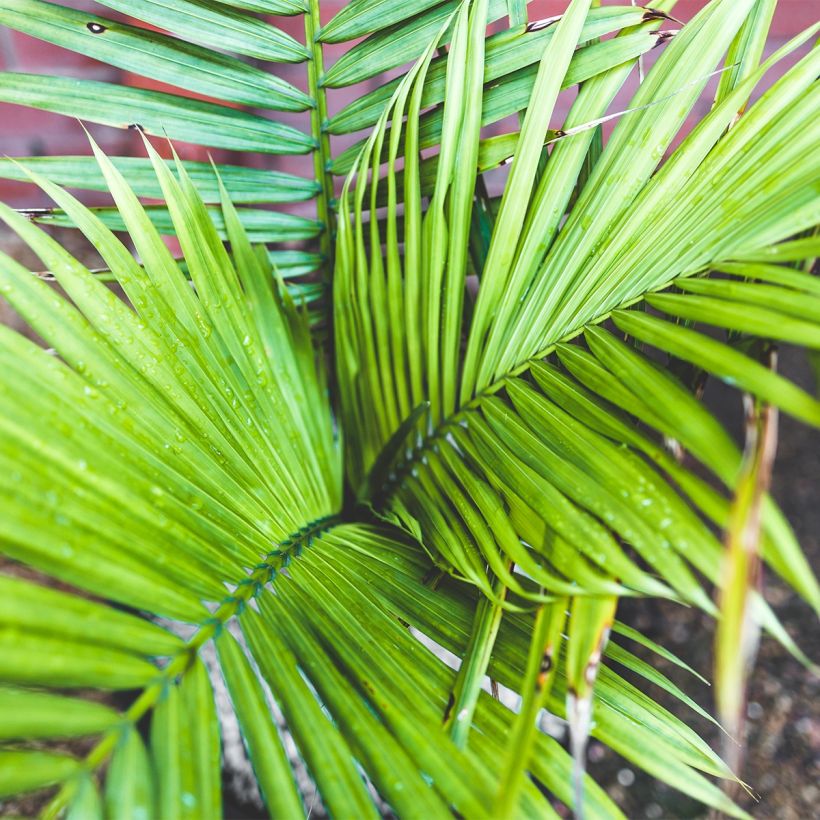

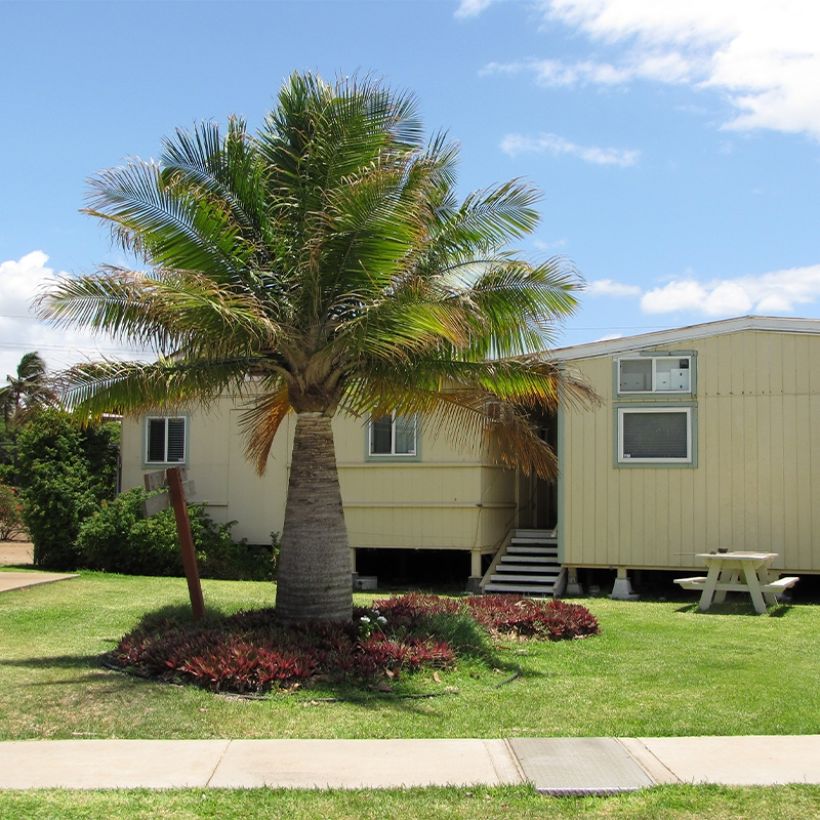

Plant habit
Flowering
Foliage
Botanical data
Ravenea
rivularis
Arecaceae (Palmae)
Majestic Palm, Majesty Palm
Madagascar
Other Palm trees A to Z
View all →Planting and care
This palm tree is a tender tropical plant that thrives in warm and humid environments and perishes below -3 °C (26.6°F). It can be grown in a container or a large pot. Young plants are sensitive to direct sunlight, while adult specimens appreciate it. It requires a rich and loose soil that remains consistently moist throughout the growing season, from spring until autumn. Water requirements are high, especially if the plant is grown in full sun. The foliage will be more beautiful in a slightly shaded exposure. Magnesium and trace elements are often necessary to maintain its good health. In winter, watering should be reduced a little, but the growing medium should never completely dry out. It requires little maintenance, except for pruning the oldest fronds close to the stem.
Cultivation in a pot:
Choose a large pot or a container with drainage holes, with a capacity of 40 liters. Place a layer of clay pebbles or pumice at the bottom to facilitate drainage. Prepare a mixture consisting of 25% ericaceous compost, 50% potting soil or humus, and 25% clay soil (which retains water). Add some crushed horn. Mix everything well. Partially fill your container. Place your palm tree on the mixture, making sure that the root collar (the area where the roots originate) does not exceed the level of pot but is not buried too deep either. Add the remaining mixture around the root ball and compact it well. Water in several stages to saturate the growing medium with water and eliminate air pockets.
Place your palm tree in a very bright location, avoiding direct and intense sunlight (not behind a window or a glass door). In winter, the optimal temperature in the greenhouse or conservatory should be between 10 and 15 °C (50 and 59°F). Mist the foliage regularly to counteract the effects of dry air. Clean the leaves with a sponge to remove dust. When outside, initially place it in partial shade to protect its foliage. After two weeks in partial shade, you can gradually expose it to the sun. Apply liquid fertiliser for houseplants once a month from March to August.
Planting period
Intended location
Care
Planting & care advice
-
, onOrder confirmed
Reply from on Promesse de fleurs
Similar products
Haven't found what you were looking for?
Hardiness is the lowest winter temperature a plant can endure without suffering serious damage or even dying. However, hardiness is affected by location (a sheltered area, such as a patio), protection (winter cover) and soil type (hardiness is improved by well-drained soil).

Photo Sharing Terms & Conditions
In order to encourage gardeners to interact and share their experiences, Promesse de fleurs offers various media enabling content to be uploaded onto its Site - in particular via the ‘Photo sharing’ module.
The User agrees to refrain from:
- Posting any content that is illegal, prejudicial, insulting, racist, inciteful to hatred, revisionist, contrary to public decency, that infringes on privacy or on the privacy rights of third parties, in particular the publicity rights of persons and goods, intellectual property rights, or the right to privacy.
- Submitting content on behalf of a third party;
- Impersonate the identity of a third party and/or publish any personal information about a third party;
In general, the User undertakes to refrain from any unethical behaviour.
All Content (in particular text, comments, files, images, photos, videos, creative works, etc.), which may be subject to property or intellectual property rights, image or other private rights, shall remain the property of the User, subject to the limited rights granted by the terms of the licence granted by Promesse de fleurs as stated below. Users are at liberty to publish or not to publish such Content on the Site, notably via the ‘Photo Sharing’ facility, and accept that this Content shall be made public and freely accessible, notably on the Internet.
Users further acknowledge, undertake to have ,and guarantee that they hold all necessary rights and permissions to publish such material on the Site, in particular with regard to the legislation in force pertaining to any privacy, property, intellectual property, image, or contractual rights, or rights of any other nature. By publishing such Content on the Site, Users acknowledge accepting full liability as publishers of the Content within the meaning of the law, and grant Promesse de fleurs, free of charge, an inclusive, worldwide licence for the said Content for the entire duration of its publication, including all reproduction, representation, up/downloading, displaying, performing, transmission, and storage rights.
Users also grant permission for their name to be linked to the Content and accept that this link may not always be made available.
By engaging in posting material, Users consent to their Content becoming automatically accessible on the Internet, in particular on other sites and/or blogs and/or web pages of the Promesse de fleurs site, including in particular social pages and the Promesse de fleurs catalogue.
Users may secure the removal of entrusted content free of charge by issuing a simple request via our contact form.
The flowering period indicated on our website applies to countries and regions located in USDA zone 8 (France, the United Kingdom, Ireland, the Netherlands, etc.)
It will vary according to where you live:
- In zones 9 to 10 (Italy, Spain, Greece, etc.), flowering will occur about 2 to 4 weeks earlier.
- In zones 6 to 7 (Germany, Poland, Slovenia, and lower mountainous regions), flowering will be delayed by 2 to 3 weeks.
- In zone 5 (Central Europe, Scandinavia), blooming will be delayed by 3 to 5 weeks.
In temperate climates, pruning of spring-flowering shrubs (forsythia, spireas, etc.) should be done just after flowering.
Pruning of summer-flowering shrubs (Indian Lilac, Perovskia, etc.) can be done in winter or spring.
In cold regions as well as with frost-sensitive plants, avoid pruning too early when severe frosts may still occur.
The planting period indicated on our website applies to countries and regions located in USDA zone 8 (France, United Kingdom, Ireland, Netherlands).
It will vary according to where you live:
- In Mediterranean zones (Marseille, Madrid, Milan, etc.), autumn and winter are the best planting periods.
- In continental zones (Strasbourg, Munich, Vienna, etc.), delay planting by 2 to 3 weeks in spring and bring it forward by 2 to 4 weeks in autumn.
- In mountainous regions (the Alps, Pyrenees, Carpathians, etc.), it is best to plant in late spring (May-June) or late summer (August-September).
The harvesting period indicated on our website applies to countries and regions in USDA zone 8 (France, England, Ireland, the Netherlands).
In colder areas (Scandinavia, Poland, Austria...) fruit and vegetable harvests are likely to be delayed by 3-4 weeks.
In warmer areas (Italy, Spain, Greece, etc.), harvesting will probably take place earlier, depending on weather conditions.
The sowing periods indicated on our website apply to countries and regions within USDA Zone 8 (France, UK, Ireland, Netherlands).
In colder areas (Scandinavia, Poland, Austria...), delay any outdoor sowing by 3-4 weeks, or sow under glass.
In warmer climes (Italy, Spain, Greece, etc.), bring outdoor sowing forward by a few weeks.































